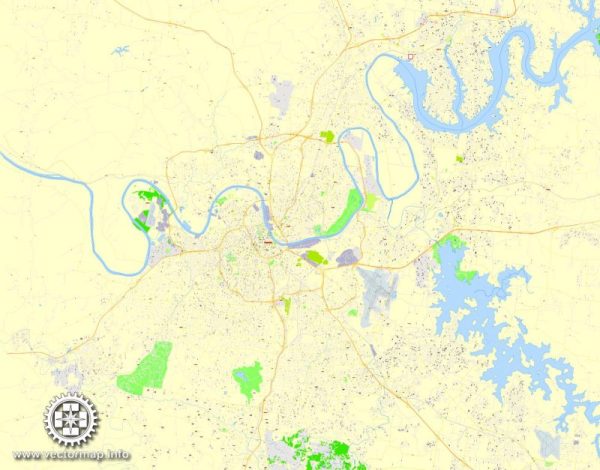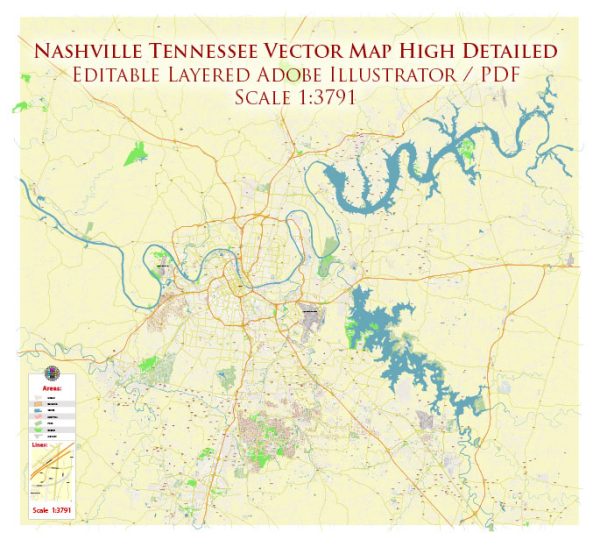Nashville, Tennessee boasts a diverse architectural landscape that reflects its rich history and vibrant culture. The city’s architectural styles range from historic and traditional to modern and cutting-edge. Here is a description of some key architectural elements and styles found in Nashville:
- Antebellum Architecture: Nashville is home to many antebellum homes and buildings that date back to the pre-Civil War era. These structures often feature grand plantation-style mansions with large columns, expansive front porches, and symmetrical designs. Examples include the Belmont Mansion and the Hermitage, the former home of President Andrew Jackson.
- Greek Revival: The Greek Revival style is prevalent in Nashville’s older architecture. Characterized by columns, pediments, and symmetrical designs, this style can be seen in government buildings like the Tennessee State Capitol, which is a prominent landmark in the city.
- Victorian Architecture: The Victorian era left its mark on Nashville with ornate, decorative features, and colorful paint schemes. Victorian homes often include intricate woodwork, turrets, and large wrap-around porches.
- Craftsman Style: The Craftsman style is seen in many bungalows and homes in Nashville. These buildings typically have low-pitched roofs, overhanging eaves, and exposed rafters. They often feature natural materials and simple, functional designs.
- Mid-Century Modern: As in many American cities, Nashville has its share of mid-century modern architecture. Characterized by clean lines, flat planes, and large windows, this style is often associated with post-World War II construction. The L&C Tower is a prime example of this style.
- Gothic Revival: Some of Nashville’s historic churches feature Gothic Revival architecture with pointed arches, ribbed vaults, and ornate stonework. The Cathedral of the Incarnation is a notable example of this style.
- Music City Modernism: In recent years, Nashville has embraced modern and contemporary architecture. The Music City Center, a convention center with a distinctive, undulating roof, exemplifies this trend. New developments often blend traditional and modern elements to create a unique Nashville style.
- Historic Preservation: Nashville has made efforts to preserve its historic architecture, resulting in several neighborhoods with beautifully restored homes and buildings. Germantown and East Nashville are known for their historic districts with a mix of architectural styles.
- Music-Themed Elements: Given its status as “Music City,” you’ll find architectural elements inspired by music and the entertainment industry throughout Nashville. Some buildings incorporate musical motifs or use materials like reclaimed wood and steel in a nod to the city’s musical heritage.
- Adaptive Reuse: Nashville has seen numerous buildings being repurposed for modern use while preserving their historic character. Old warehouses and factories have been transformed into lofts, shops, and offices, maintaining the industrial aesthetic.
Nashville’s architecture reflects its dynamic growth and evolving cultural identity. The city’s rich history, commitment to historic preservation, and embrace of modern design come together to create a unique and diverse architectural tapestry that contributes to its appeal as a vibrant and dynamic urban center.



 Author: Kirill Shrayber, Ph.D.
Author: Kirill Shrayber, Ph.D.